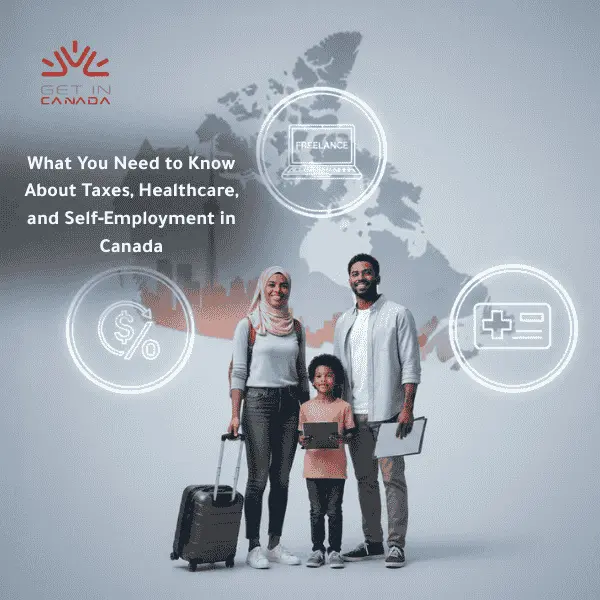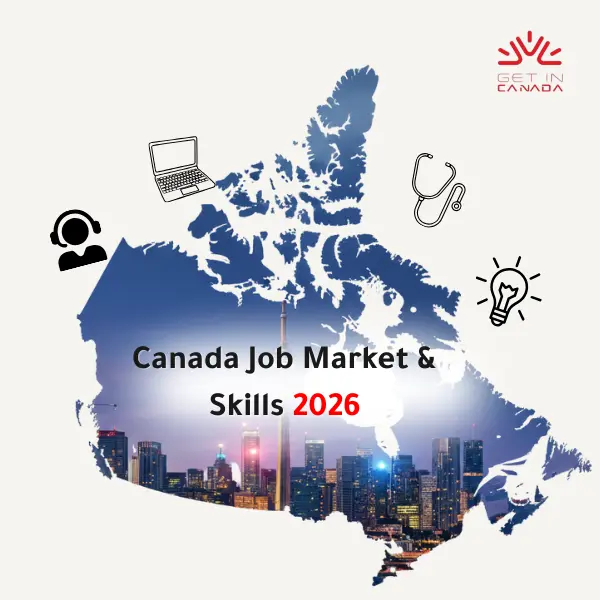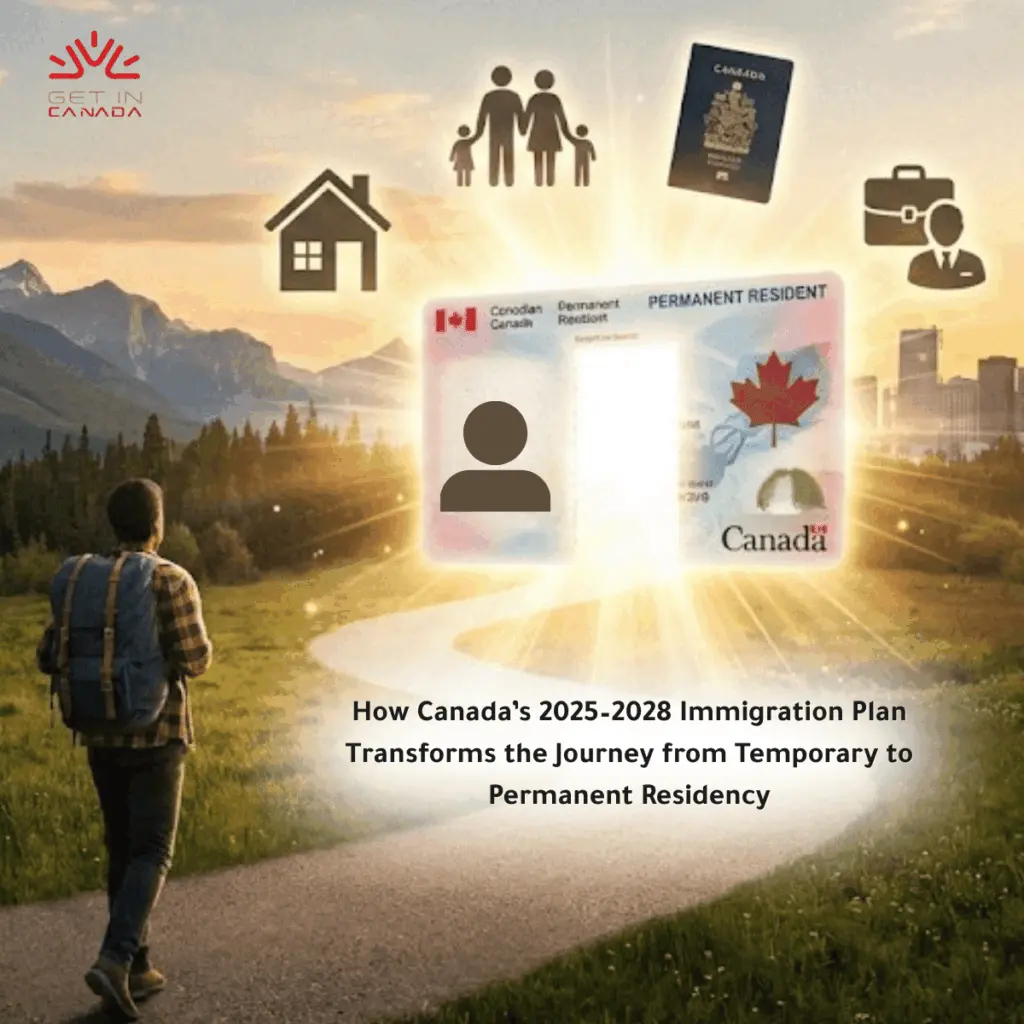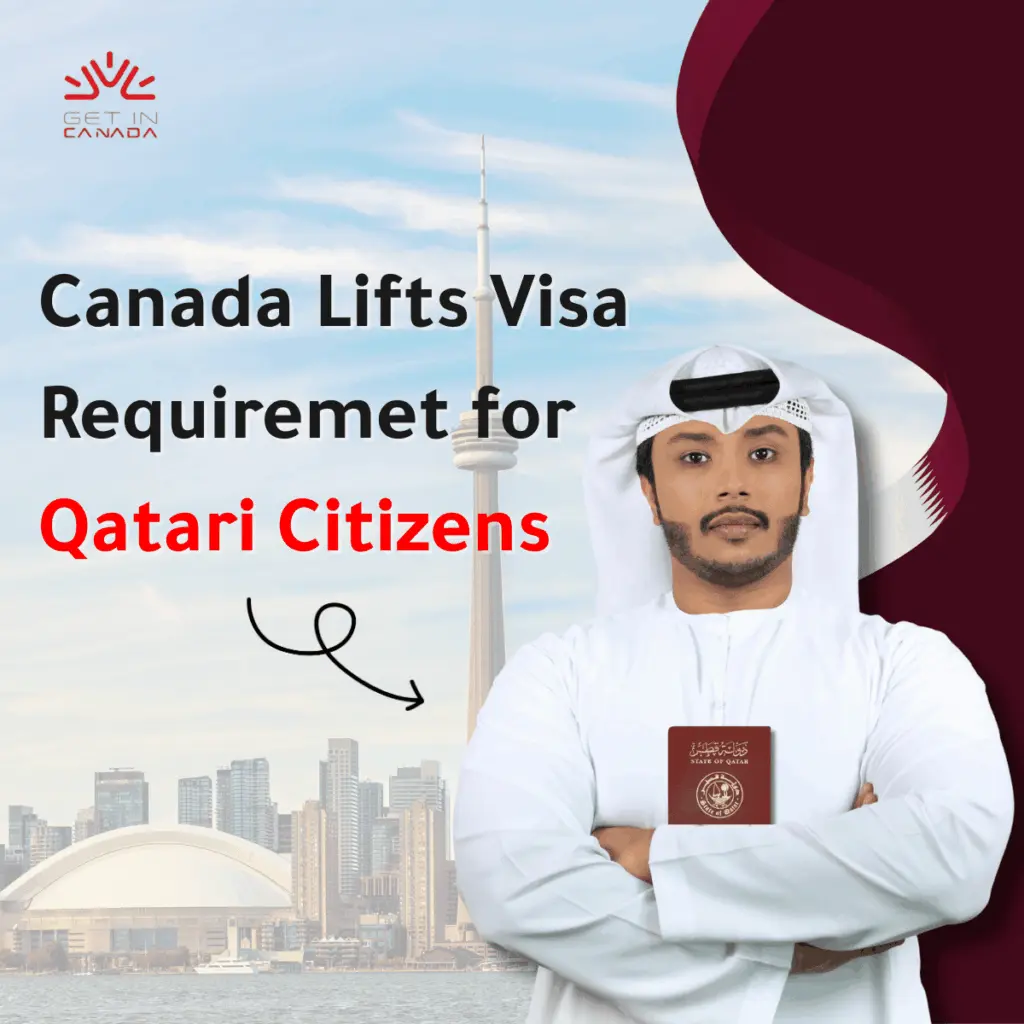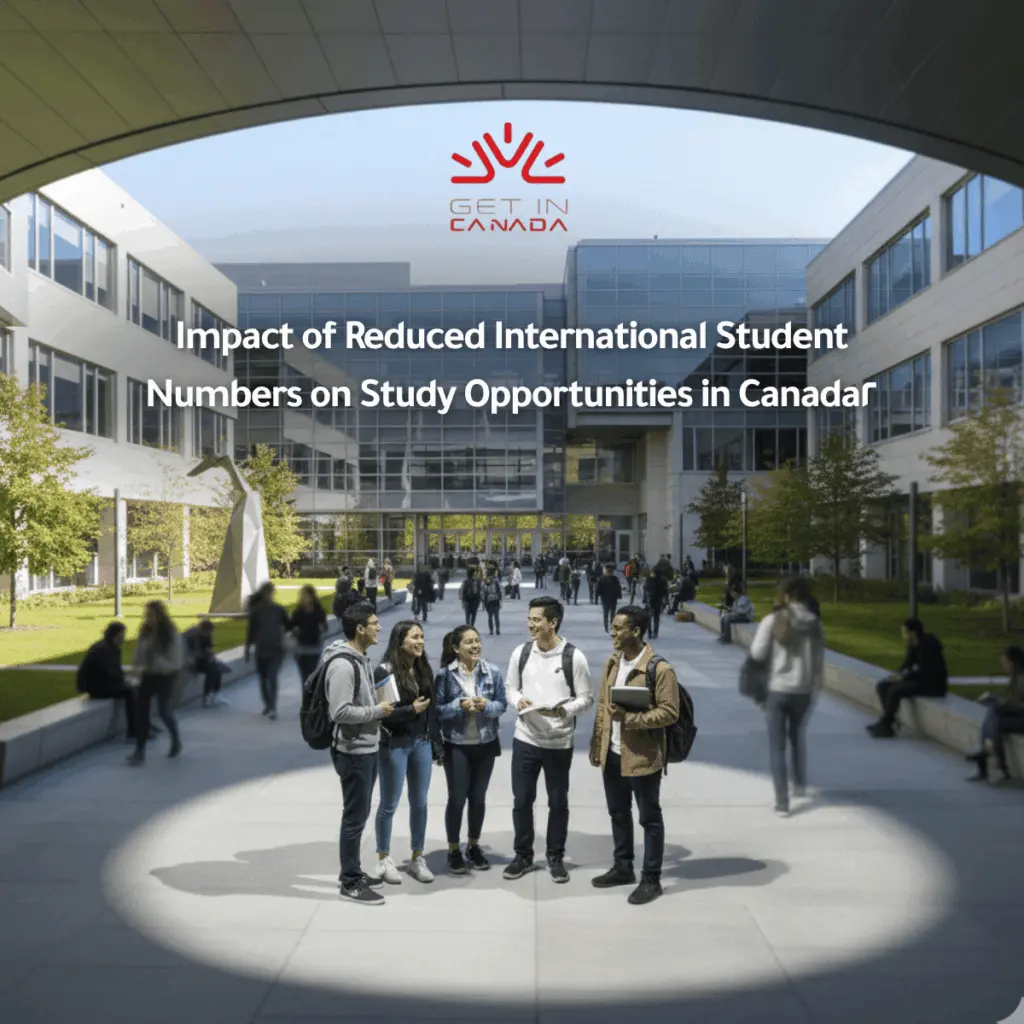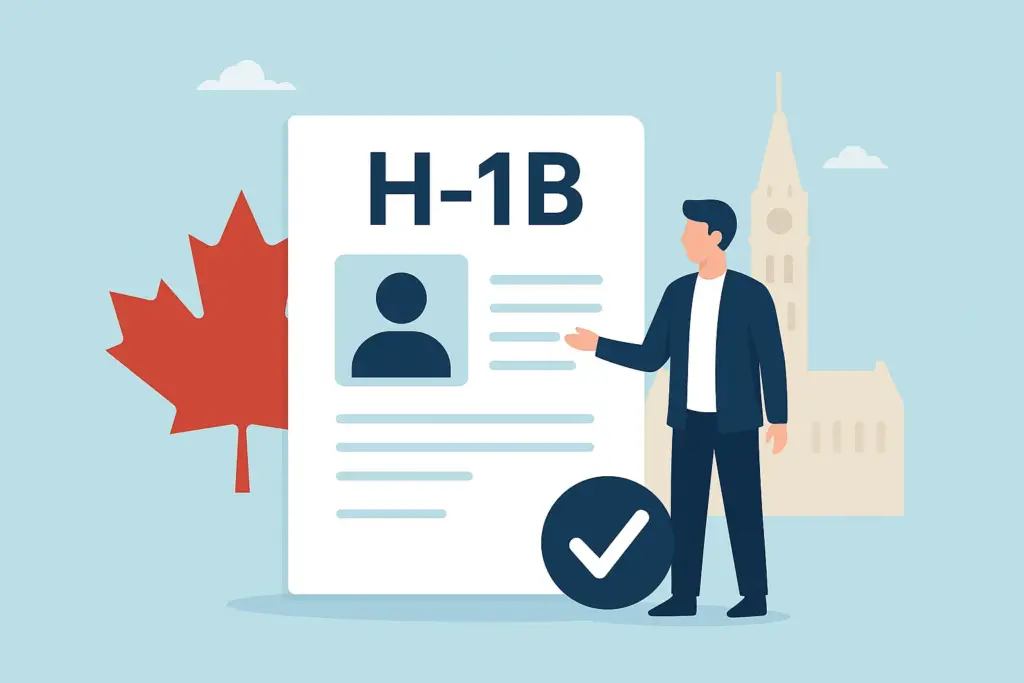Visitors in Canada Can No Longer Apply for Work Permits
As of August 28, 2024, individuals in Canada on visitor visas are no longer allowed to apply for work permits while in the country. This change marks the end of a temporary policy that was introduced during the pandemic to support those who couldn’t return home due to travel restrictions. If you’re a visitor, this means any future work permit application will need to follow a different route.

Why Visitors Could Previously Apply for Work Permits from Inside Canada
In August 2020, during the height of the COVID-19 pandemic, Immigration, Refugees, and Citizenship Canada (IRCC) introduced a temporary policy that allowed visitor visa holders to apply for work permits from within Canada. The primary aim was to:
- Assist visitors stuck in Canada who could not return home due to international travel restrictions.
- Help employers fill crucial labor shortages when border closures limited workforce availability.
Initially, this policy was set to expire in February 2025, but the government has decided to end it early as part of its efforts to reduce the number of temporary foreign workers in Canada.
What Does the New Policy Mean for Visitors?
As of August 28, 2024, visitors can no longer:
- Apply for a job-supported work permit from within Canada.
- Transition from a visitor visa to a Canada work permit without leaving the country.
However, applications submitted before August 28, 2024, will still be processed, and some individuals may still apply for work permits under specific conditions, such as the Bridging Open Work Permit (BOWP). These exceptions continue to offer options to a limited group. Visitors currently in Canada must now explore alternative routes if they wish to work legally.
Are you curious about your eligibility to get in Canada? →
Why Did IRCC Revoke the Policy Early?
The sudden end to the policy comes as part of the IRCC’s broader efforts to maintain the integrity of the immigration system and manage the number of temporary residents in Canada. Several issues prompted this decision:
- Exploitation by bad actors: There were increasing cases where foreign nationals were misled into thinking they could work legally in Canada without proper authorization.
- System abuse: The policy inadvertently became a loophole for those attempting to bypass standard immigration regulations.
IRCC’s actions also align with Canada’s commitment to combat immigration fraud, ensuring that pathways to working and residing in Canada remain fair and transparent. In addition, Canada’s labor market is showing signs of recovery, and the need for temporary foreign workers has decreased in some regions. The early rollback reflects these economic shifts.
How Does This Affect Temporary Residents in Canada?
For many temporary residents on visitor visas, this policy change means rethinking their plans for staying and working in Canada. Visitors who had hoped to stay and transition to the workforce must now explore alternative options, which often require leaving Canada to apply.
Immediate impact includes:
- A more complex and potentially costly process for individuals hoping to work in Canada.
- The requirement for visitors to submit work permit applications from outside Canada.
Options for Visitors Needing a Work Permit
While most visitors are now excluded from applying for work permits inside Canada, there are still exceptions. You may still be eligible to apply if you meet certain criteria:
- Those applying for a Bridging Open Work Permit (BOWP).
- Individuals with a valid study or work permit, or those eligible to restore their status.
- Applicants under family sponsorship or the temporary resident permit holder class.
These exceptions ensure that certain groups remain protected, particularly those on a path to permanent residence.
However, if you’re a visitor in Canada, this policy change doesn’t mean the end of your chances to work here. There are still a few ways to apply for a work permit, though they now require different processes:
- Outside Canada application: Visitors can apply for a work permit but must do so from a processing office outside of Canada. This process involves submitting your application remotely and may come with longer wait times.
- Port of Entry application: If you’re from a visa-exempt country, you may be able to apply for a work permit at the port of entry. However, this is only available for certain work permits, and programs like the Post-Graduation Work Permit (PGWP) are not eligible.
By choosing either of these routes, you may still have the chance to work in Canada, though with more effort and planning involved.
Are you curious about your eligibility to get in Canada? →
What is the Difference Between Inside and Outside Canada Applications?
Before the change, applying for a work permit from inside Canada allowed visitors to remain in the country while their application was processed. This status, known as “maintained status,” let individuals legally stay in Canada until a decision was made.
With the outside Canada work permit application, applicants face different challenges:
- Longer processing times: Applications sent to an office outside of Canada usually take longer to process.
- Higher risk of refusal: Since the applications are assessed based on the labor market needs of the applicant’s home country, there is a greater chance of rejection.
While inside Canada applications allowed for seamless transitions, the outside Canada process adds complexity, especially if the applicant wants to maintain legal status while awaiting the decision.
Why IRCC is Cracking Down on Immigration Fraud?
This policy change is part of a broader crackdown on immigration fraud. Recently, cases such as the 700 Indian students who entered Canada using fraudulent letters of acceptance have put pressure on IRCC to act swiftly. In response:
- Designated Learning Institutions (DLIs) are now required to verify letters of acceptance within 10 days of receiving an international student application.
- The number of international students allowed into Canada has been capped over the next two years to reduce fraudulent activities.
This move aligns with IRCC’s larger strategy to preserve the integrity of the immigration system while reducing temporary resident levels.
Impact on Employers in Canada
Employers who have relied on hiring foreign workers must now adapt to new restrictions, especially with the recent changes to the Temporary Foreign Worker Program (TFWP):
- Low-Wage stream restrictions: Employers can only hire up to 10% of their workforce through the TFWP, a significant reduction from the 30% allowance during the pandemic.
- Employment term reduction: The maximum term of employment for Low-Wage stream workers has been reduced from two years to one.
These changes could exacerbate existing labor shortages in certain regions and industries, forcing employers to look for alternative solutions.
What Visitors Can Do Now
For visitors affected by the new rules, there are several steps you can take to continue exploring your work opportunities in Canada:
- Consider outside Canada applications: Start preparing your documents and explore submitting a work permit application from a processing office outside of Canada.
- Consult an immigration consultant: Given the complexity of these changes, it may be wise to seek advice from a Regulated Canadian Immigration Consultant (RCIC) who can help navigate the process. Our Immigration Consultants would be more than happy to help, BOOK Your Consultation Now!
- Keep an eye on further policy updates: Canada’s immigration policies are continuously evolving, so staying informed is crucial.
The end of the work permit policy for visitors inside Canada marks a turning point in the country’s immigration landscape. While the new rules add complexity for visitors and employers alike, understanding the available options can help those affected find alternative pathways. Whether through outside Canada applications or Port of Entry work permits, visitors must now carefully navigate Canada’s evolving immigration system.
For the latest immigration news and updates, consult trusted sources or speak with a licensed professional who can guide you through the changing landscape of Canada’s work permit regulations.



